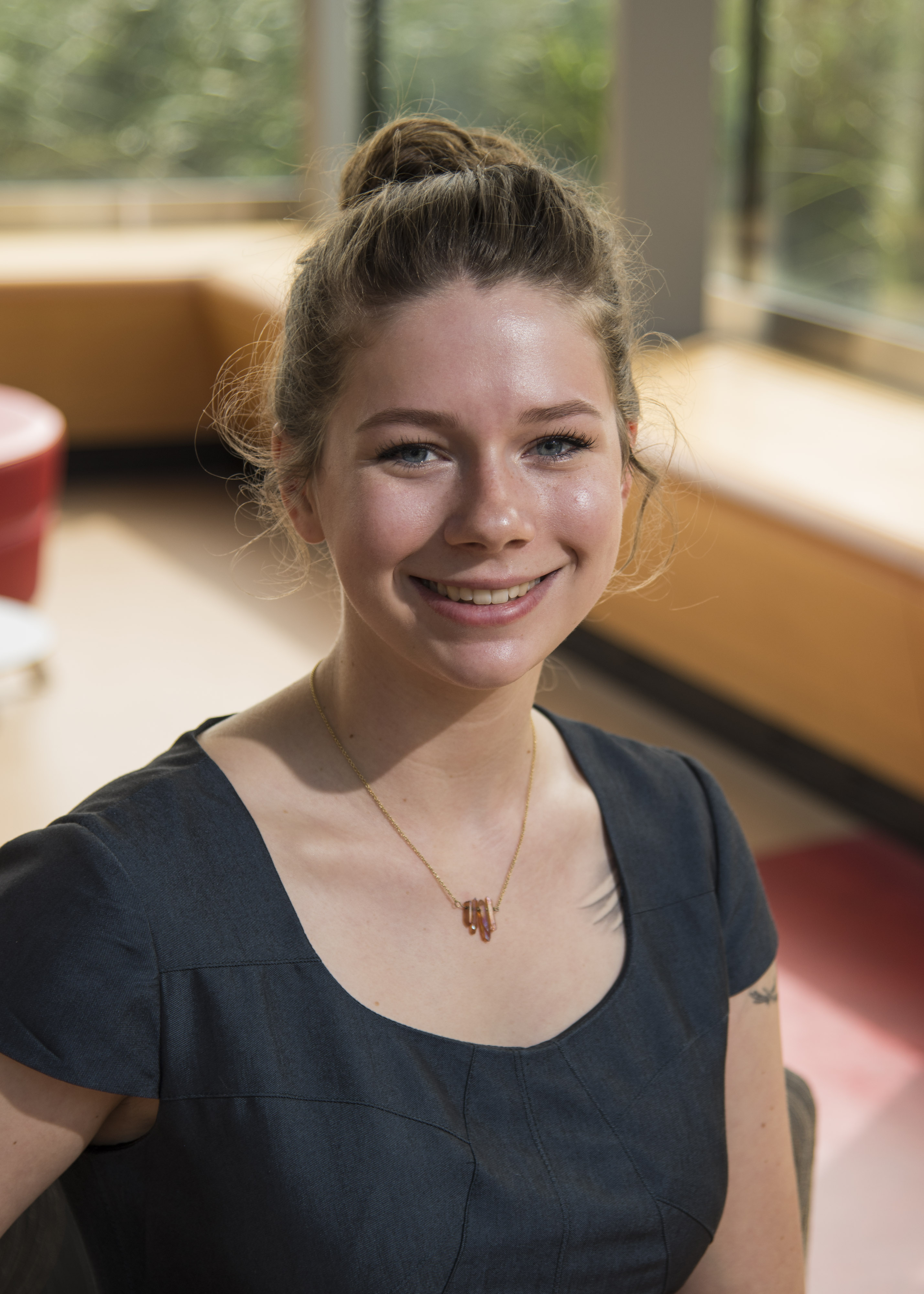Celebration of Scholars
Characterizing the Play Vocalization of Captive White-handed Gibbons (Hylobates lar)

Major: Biology
Hometown: Vernon Hills, IL
Faculty Sponsor: Angela Dassow
Other Sponsors:
Type of research: SURE
Funding: Carthage College SURE
Abstract
White-handed gibbons (Hylobates lar) are lesser apes with diverse vocalizations for territorial displays, pair bonding, and predator alerts. The specific focus of this research is to characterize the acoustics of a recently discovered vocalization made during play, called a bleat. Audio recordings of two captive lar gibbons were collected in the summer of 2019 and analyzed using Adobe Audition. The bleats were divided into three categories based on the recording quality, one being the highest and three being the lowest. Only category one bleats were analyzed. Start frequency (Hz) had a mean of 455.1 ± 127.4, peak amplitude (dB) had a mean of -24.1 ± 5.1, bleat duration (sec) has a mean of 1.5 ± 0.4, and the mean number of peaks is 69.1 ± 12.9. Peak amplitude of the gibbons’ vocal repertoire was compared to the peak amplitude of their bleat vocalizations. A two-sample t-Test assuming unequal variance was run and yielded a p-value <0.0001. These results suggest that bleat vocalizations function as close-range intraspecific calls. Future work will investigate bleats in other pairs of lar gibbons, determine when the bleats fit into the play sequence and which gibbon is producing each bleat to explore possible sex differences.Submit date: March 30, 2020, 4:07 p.m.
